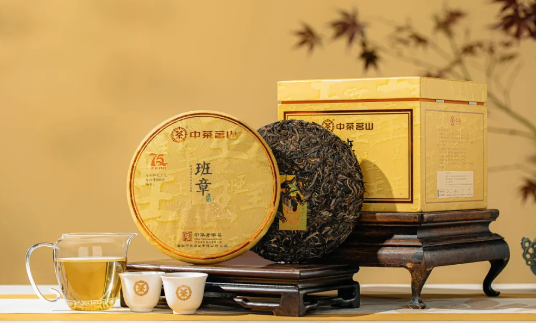
Green tea is enjoyed all over the world and it is certainly appreciated for both its lovely taste as well as its health benefits. It originated from China and has somewhere been revolutionized into a more elite and classy drink which people enjoy in its various forms all around the globe.
Why This Kettle Of Green Tea?
One major characteristic which differentiates green tea from the other types, such as black tea, is that it is processed in a way that very little oxidation occurs. The natural green color and delicate flavor of the leaves is due to this process. After the leaves are collected, they are either steamed or pan fried quickly to maintain the deposits of catechins, fatty acids and antioxidants.
Mid Range Common Green Tea types
Green tea is divided into categories and they differ in the flavor as well as the addiction. Some varieties include:
Dragon Well (Longjing): Known for its buttery smooth and nutty flavor.
Sencha: A Japanese kind with grassy umami flavor.
Gunpowder: Uses strong tasting, rolled leaves.
Green tea is such an adaptable beverage that it reaches virtually all kinds of tea drinkers which is a great thing!
Health Benefits of Green Tea
If there is one tea that can beat them all in terms of health, it is green tea. This tea has great amount of free radicals destroying antioxidants which protect vital cells from damage and help them induce anti-inflammatory properties. Many studies recommend green tea on the basis that it has the ability to:
Reduce LDL cholesterol and enhance HDL cholesterol levels.
Improvise your brain function, courtesy of its moderate caffeine and L-theanine content.
Promote heart well being by decreasing levels of bad cholesterol.
You can also reap the advantages of increased health by getting green tea and drinking it on a daily basis while enjoying the tasty goodness that is green tea.
How to Brew the Best Green Tea in Order to Get the Most Flavor
In order to make the cut of the perfect cup of green tea, do the following:
Water Temperature: Avoid bitterness by using water heated to 70-80 degrees Celsius, i.e. 158-176 degrees Fahrenheit.
Steeping Time: Steep for two to three minutes to obtain a balanced taste.
Leaf Quantity: 2 grams of tea leaves per 200 ml of water should be used.
Using appropriate brewing methods helps to ensure that the flavor of tea and nutrients are maximally released.